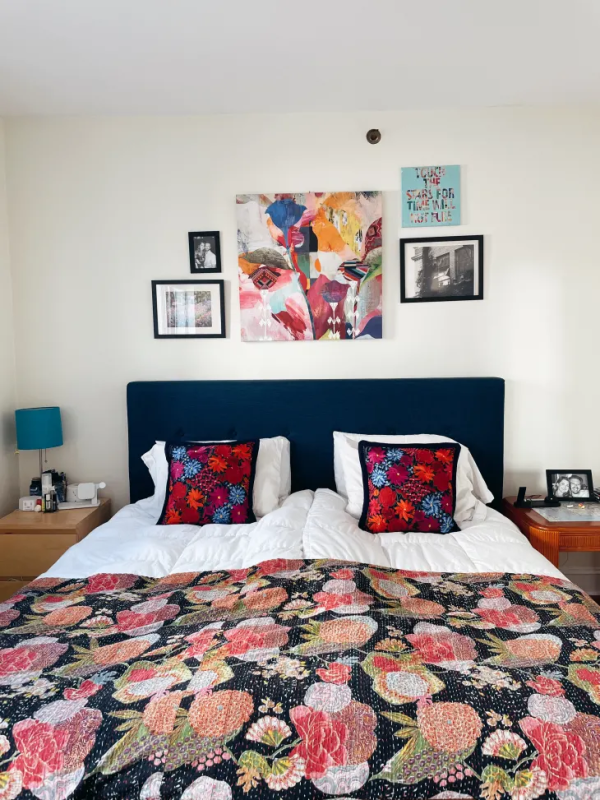News
Discover The Art Of Styling The Scandinavian Sleep Comforter Hack For Aesthetic Appeal

From the very first night, it was evident that we were headed for bedding troubles. In the chilly February of Boston, his apartment offered little warmth, and the only queen-sized blanket on his bed became a bone of contention. That night was a struggle — Under the thin, blue blanket , while he, a perpetual night owl, tossed and turned incessantly.
Fast forward four years, and our bedroom woes persist.
Sleep troubles plague us. My boyfriend, Curtis, not only joins me in bed hours later but is also notorious for being a terrible sleeper. His nocturnal restlessness is a longstanding trait; his parents even playfully recount how they used to flip a coin to decide who would bear the challenge of sharing a hotel room with the tossing-and-turning Curtis during family vacations. His constant movement in bed has, on occasions, led to unintended midnight collisions, with his flailing hand meeting my unsuspecting face.
Curtis’s nightly movements and his habit of joining me in bed later posed a challenge, causing disruptions when he tugged at our shared flat sheet or monopolized the blankets, leaving me feeling chilly. His preference was for a snug, tightly tucked sheet and layers of blankets, while all I desired was my own blanket. Then, six months ago, we stumbled upon the Scandinavian sleep method, revolutionizing our lives and sleep goals.
In this ingenious hack, a couple sleeps with two comforters on one bed, granting each person their own blanket autonomy. While the traditional approach involves using only a fitted sheet and two comforters, we opted for a fitted sheet, two flat twin sheets (I prefer cool cotton, and Curtis likes jersey cotton), and individual comforters.
The beauty of having our own comforters lies in the freedom to choose based on personal preferences.
Battling allergies, I selected Brooklinen’s Twin Down Alternative All-Season Comforter, while Curtis embraced the Natural Down Twin All-Season Comforter. This switch from a thin queen blanket to two plush twin comforters has salvaged our sleep relationship. Admittedly, having two blankets on the bed doesn’t always align with aesthetic preferences.

Geneviève Rosen-Biller, a decor expert and founder of Bed Threads in Sydney, Australia, offers insights on making the Scandinavian sleep method aesthetically pleasing in your bedroom. She emphasizes the importance of matching duvet covers for styling a bed with two duvets, suggesting solid colors for easy blending. Folding them in half or thirds lengthways and laying them side by side or slightly overlapping down the center are viable options.
Adding a throw layered across the bottom of the bed and extra pillows helps streamline the look.
Interior designer Courtney Sempliner from Port Washington, New York, provides an alternative approach, advocating for coordinated looks with decorative pillows, a long bolster pillow, and an end-of-the-bed throw. She suggests using two twin or full-size comforters and covering them with a single coverlet at the foot of the bed for a uniform appearance.
While some adhere strictly to the Scandinavian sleep method, forgoing flat sheets, Sempliner notes that washing the duvet cover as frequently as the fitted sheet and pillowcases is essential. In Europe, the top flat sheet is often omitted, creating a pared-back and functional sleep space is mentioned by her.
The article also highlights personal choices in bedding, with the author opting to forgo duvet covers for their Brooklinen comforters, adding a colorful floral quilt and matching pillows to enhance the bed’s appearance. Despite potential changes, the author prioritizes a full night’s sleep over a visually pleasing bed, enjoying the best of both worlds.
